Shadow Matte - Arnold User Guide
 |
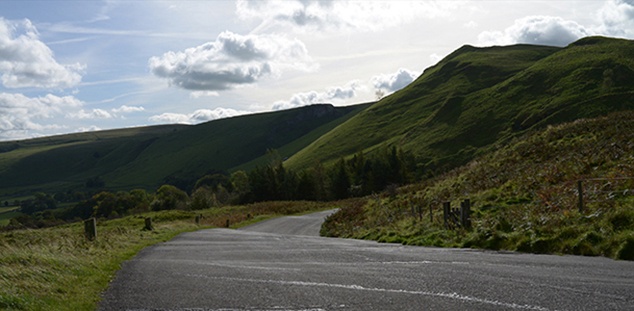 |
Shadow Matte shader used to capture shadow on the floor plane
The Shadow Matte is a specific shader, used typically on floor planes to 'catch' shadows from lighting within the scene. It is useful for integrating a rendered object onto a photographic background. You can create a custom shadow pass with this shader. You can also render out shadows separately for use in a compositing package. For example, you may want to change the shadow density or color of the shadow to match some live-action footage.
- Background
- Shadows
- Backlighting
- Alpha Mask
- Diffuse
- Diffuse Intensity
- Use Background
- Indirect Diffuse
- Specular
- Specular Color
- Specular Intensity
- Specular Roughness
- Specular IOR
- Lights
- AOVs
- Skydome Light Sampling
Background
This can be set to either Scene Background (default) or Background Color, which allows connecting a specific texture to the Background Color parameter.
Shadows
Shadow Color
The color of the shadow. You can use it to 'tint' the color of the shadows to match a photographic backplate.
 |
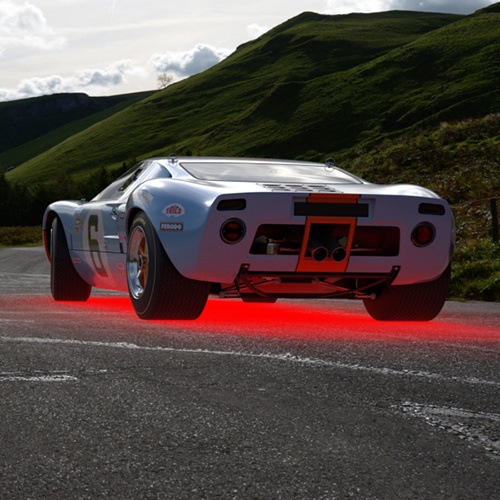 |
| black (default) | red |
Shadow Opacity
Determines how 'opaque' or dark the shadow appears. Higher values will produce a lighter shadow. The captured shadow is visible in the alpha channel. If you have a very hilly or bumpy ground, you may need to increase the Transparency Depth in the Render Settings.
 |
 |
 |
| 0 | 0.5 | 1 (default) |
Backlighting
When enabled, it takes into account the backlighting illumination. Backlighting provides the effect of a translucent object being lit from behind (the shading point is 'lit' by the specified fraction of the light hitting the reverse of the object at that point). It is recommended that this only be used with thin objects (single-sided geometry) as objects with thickness may render incorrectly.
 |
 |
 |
| 0 (default) | 0.5 | 1 |
Alpha Mask
Controls whether the alpha should be opaque or contain the shadow mask.
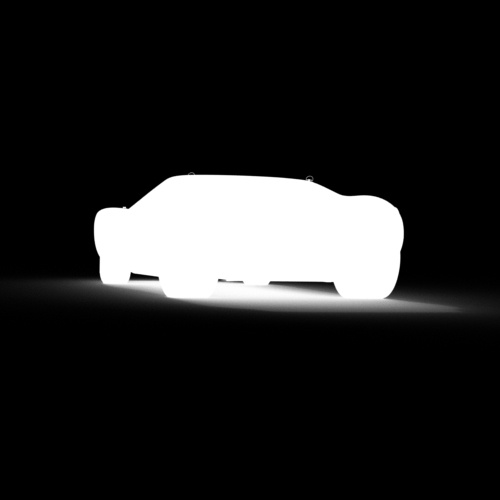 |
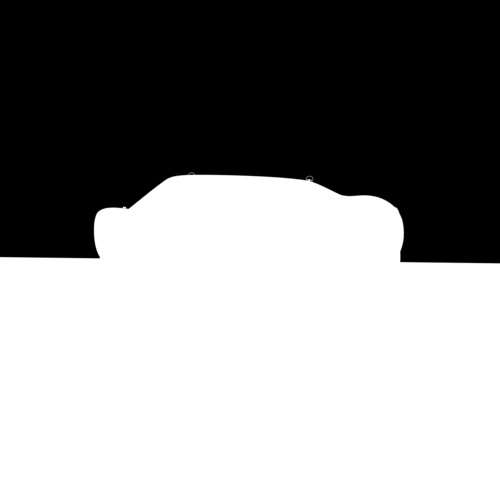 |
| enabled (default) | disabled |
Diffuse
Diffuse color
The color used to determine the overall indirect diffuse contribution in the scene.
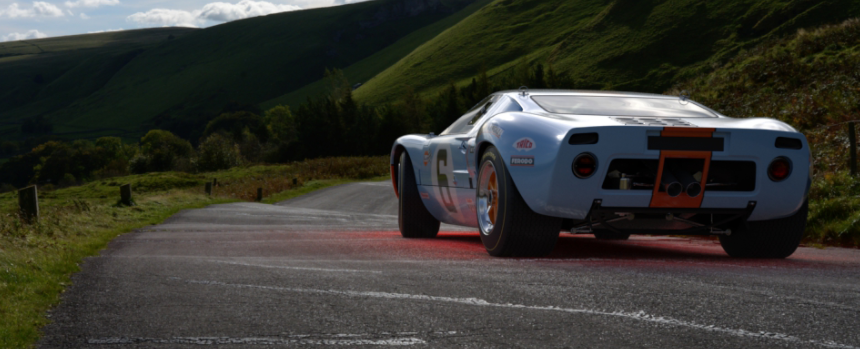
Diffuse Color: red
Diffuse Intensity
The amount of diffuse contribution.
 |
 |
 |
| 1 | 5 | 10 |
Use Background
If enabled, the background color is used to determine the overall indirect diffuse contribution in the scene. Otherwise, the color defined in the diffuse color is used.
 |
 |
| Enabled (default). Background color used. | Disabled. Red indirect diffuse color visible on floor. |
Indirect Diffuse
Switch for enabling/disabling capture of the indirect diffuse light.
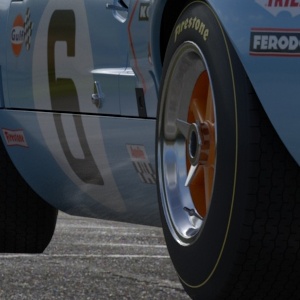 |
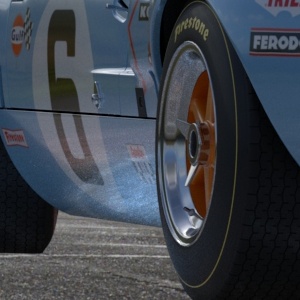 |
| Disabled (default) | Enabled |
Specular
Indirect Specular
Switch for enabling/disabling capture of the indirect specular light.
 |
 |
| Disabled (default) | Enabled |
Specular Color
The color the specular reflection will be modulated with.
 |
 |
| white (default) | red |
Specular Intensity
The specular weight. Influences the brightness of the specular highlight.
 |
 |
 |
| 0 | 0.5 | 1 (default) |
Specular Roughness
Controls the glossiness of the specular reflections. The lower the value, the sharper the reflection.
 |
 |
 |
| 0.1 (default) | 0.25 | 0.5 |
Specular IOR
The IOR parameter (Index of Refraction) defines the material's Fresnel reflectivity and is by default the angular function used. Effectively the IOR will define the balance between reflections on surfaces facing the viewer and on surface edges. You can see the reflection intensity remains unchanged, but the reflection intensity on the front side changes a lot.
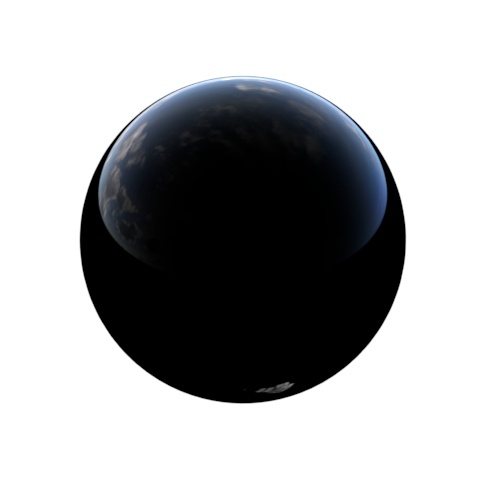 |
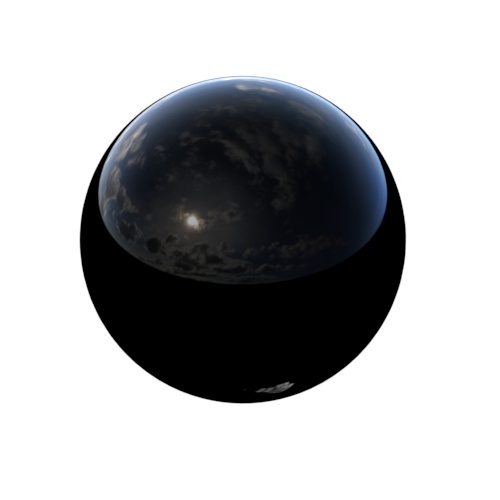 |
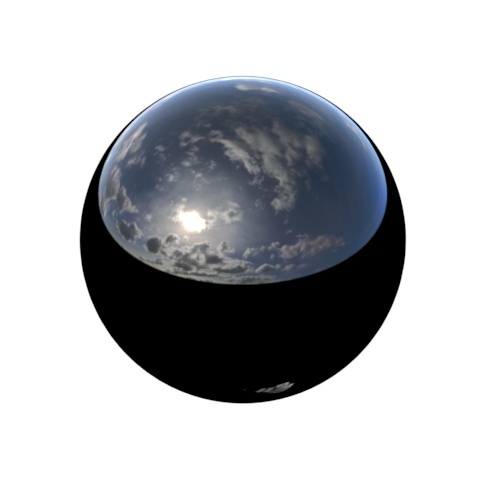 |
| 1 | 1.1 | 1.52 (default) |
Lights
Light Group
Per light group shadow mattes. More information about light groups can be found here.
AOVs
A list of available AOVs available for the Shadow Matte shader. Each option creates a separate AOV render pass for that component. Note that the AOV must also be enabled in the render settings.
Shadow
Direct light shadow AOV.
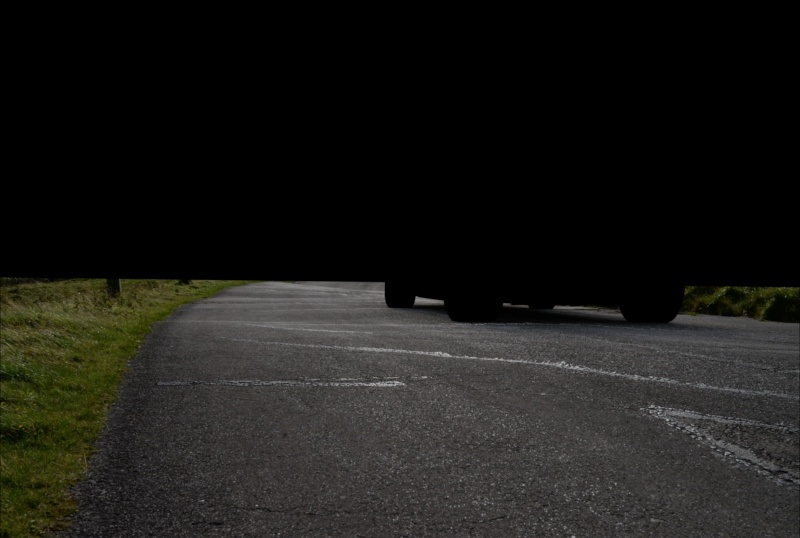
Shadow Diff
A difference AOV which can be used to eliminate the shadow from the direct component.

Shadow Mask
This AOV can be used in comp to localize and tweak the shadow.
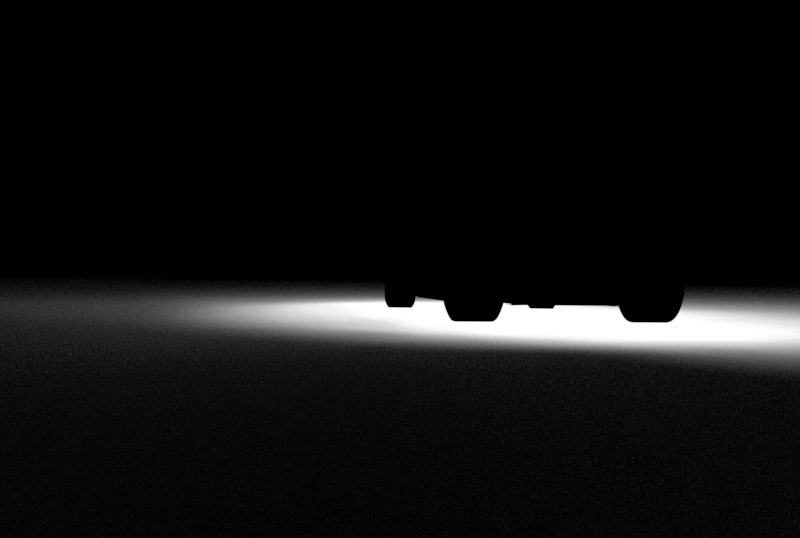
Skydome Light Sampling
The Shadow Matte shader requires more than 1 sample to avoid noisy shadows. This is because it is computing a ratio of shadowed/unshadowed lighting, and to get a good estimate of that it requires multiple samples.
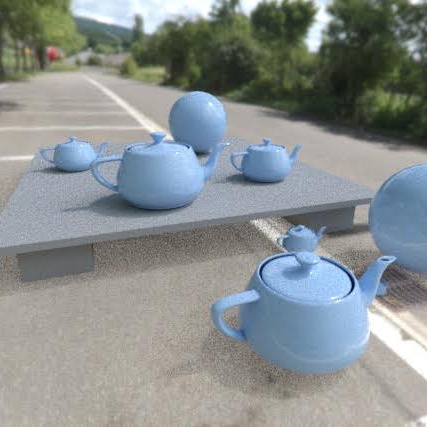 |
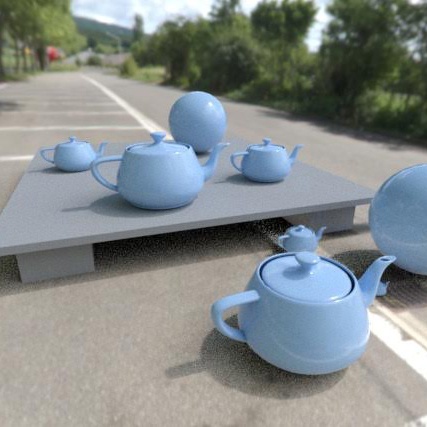 |
| samples: 1. Shadows on the floor plane (shadow matte) look poor compared to those on the platform. | samples: 2. Shadows on the floor plane appear the same as on the platform. |
